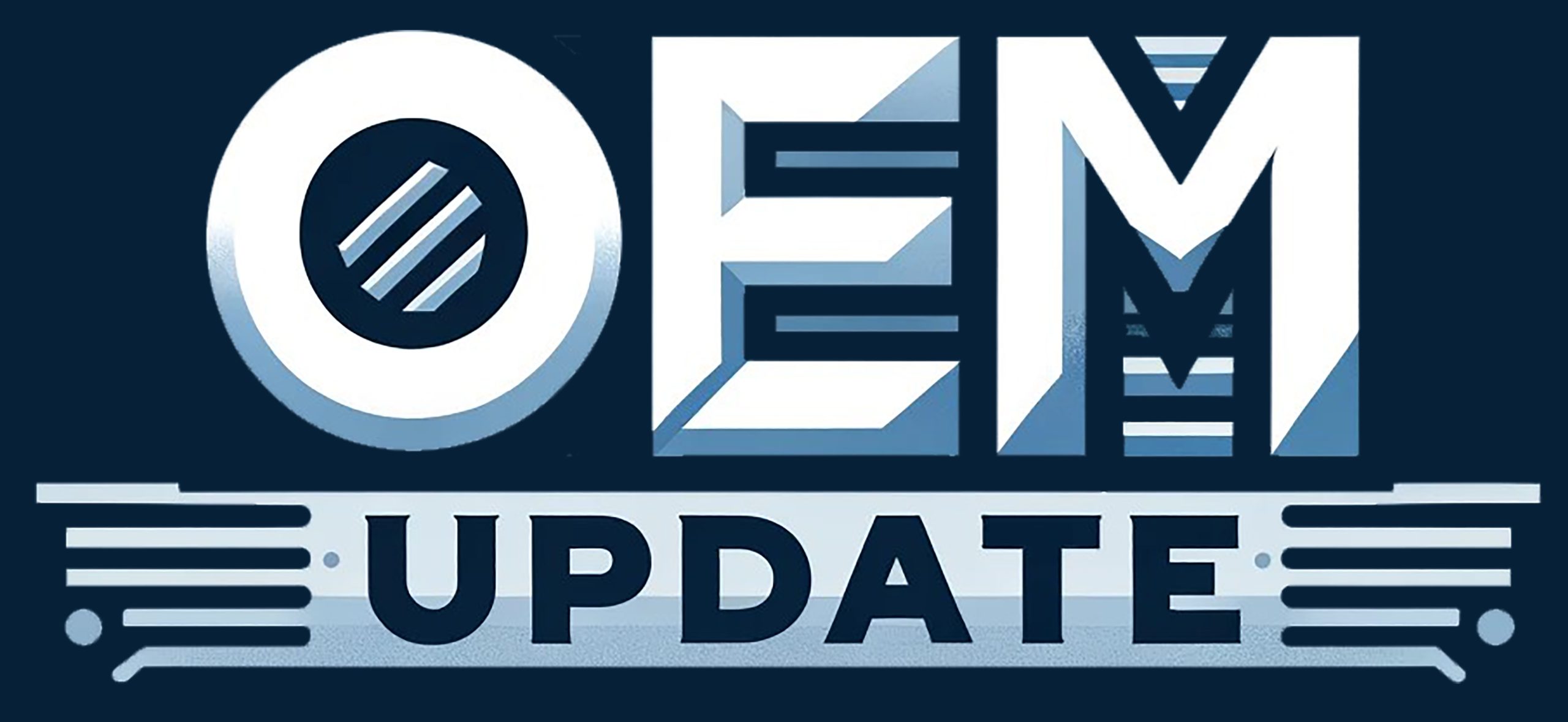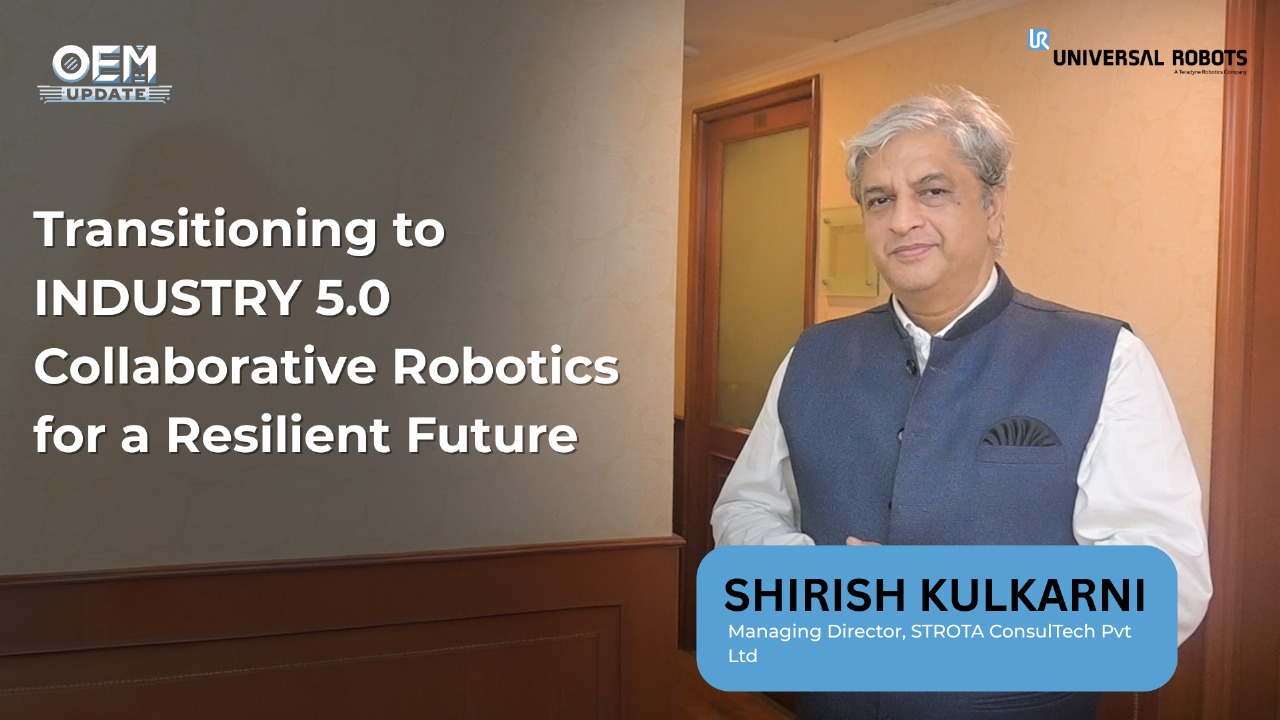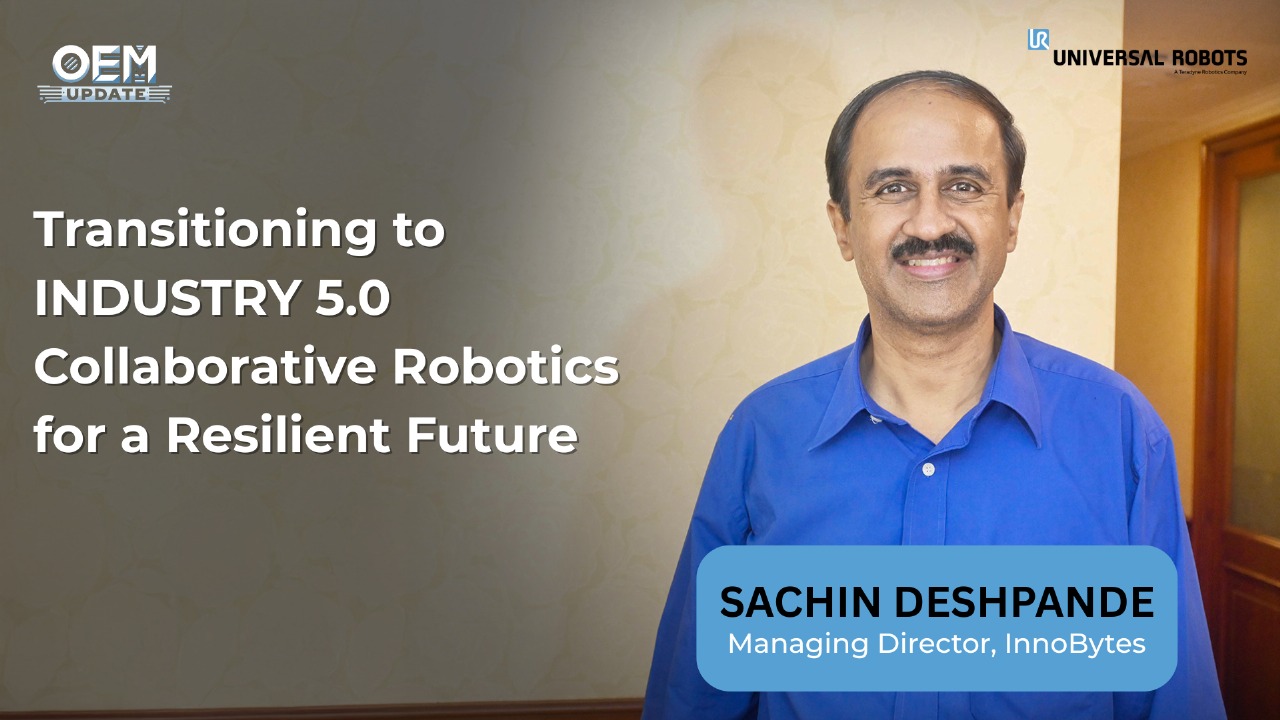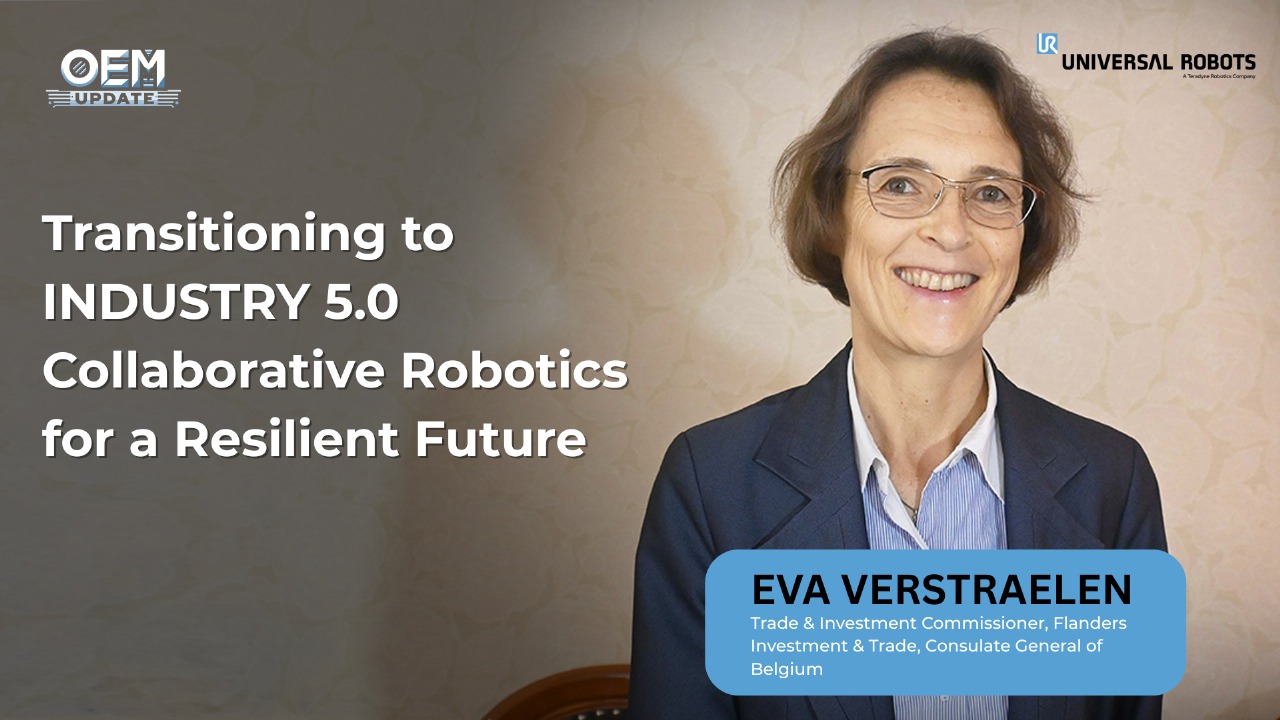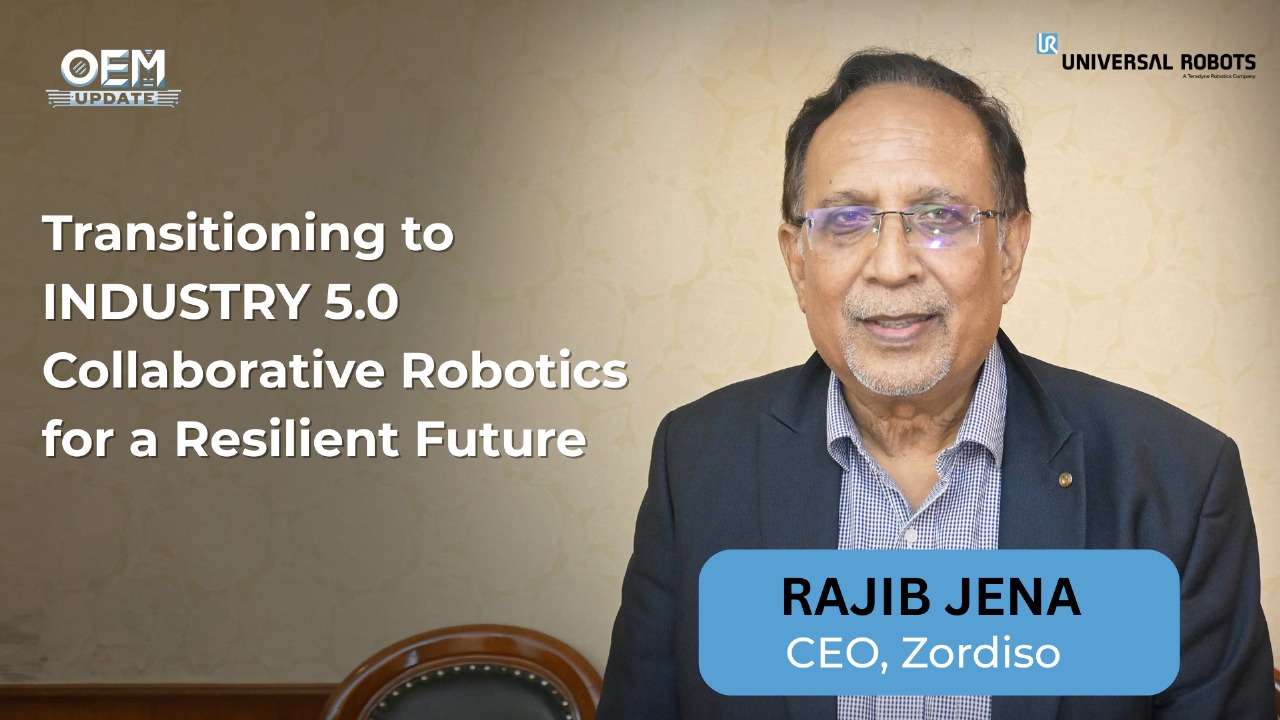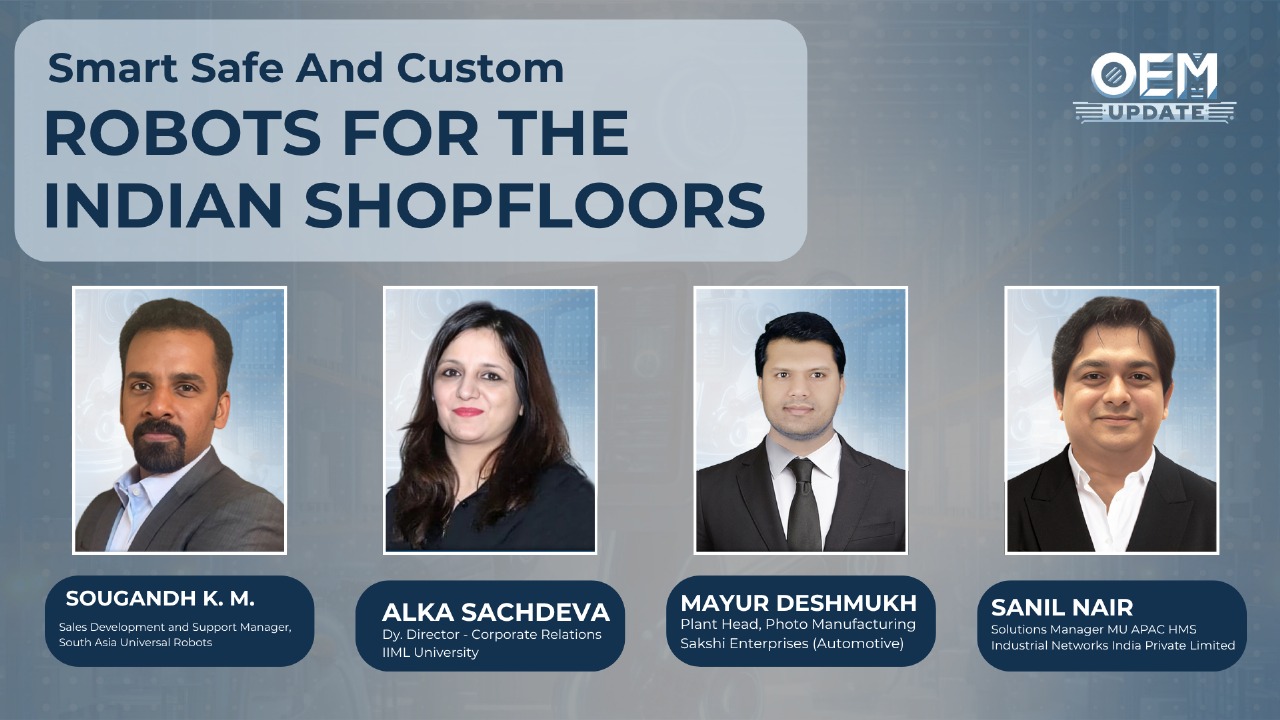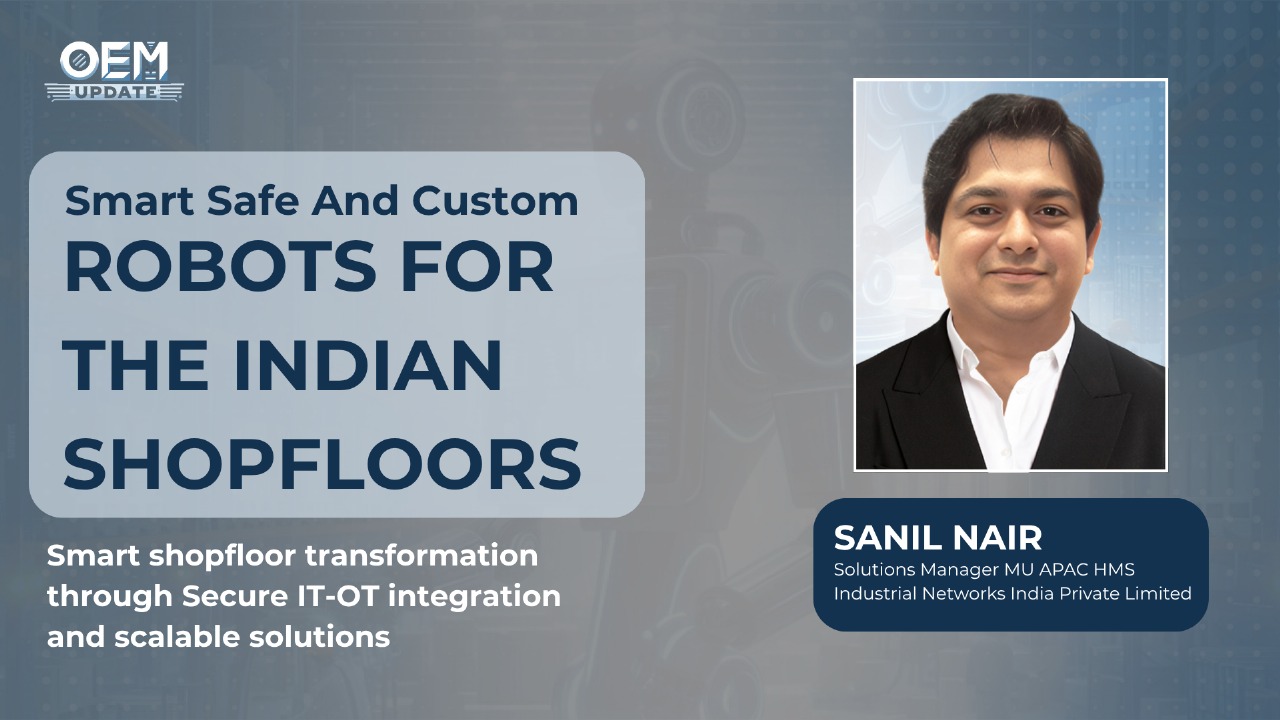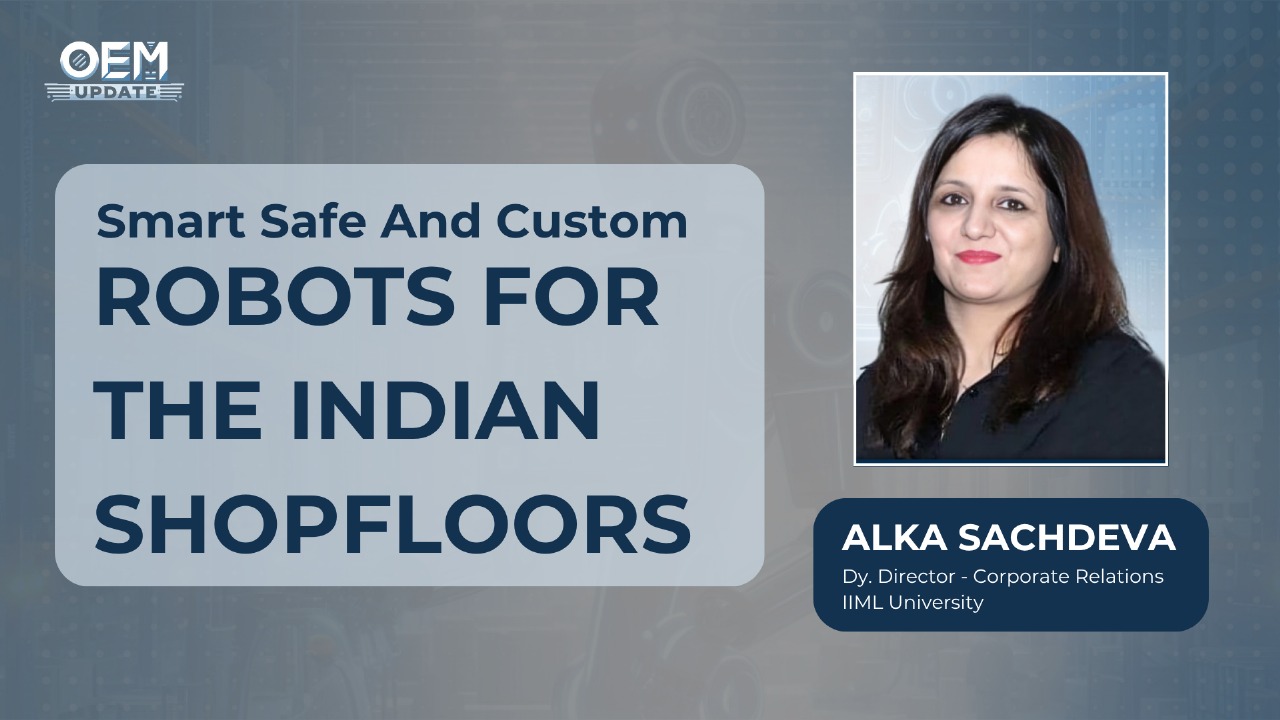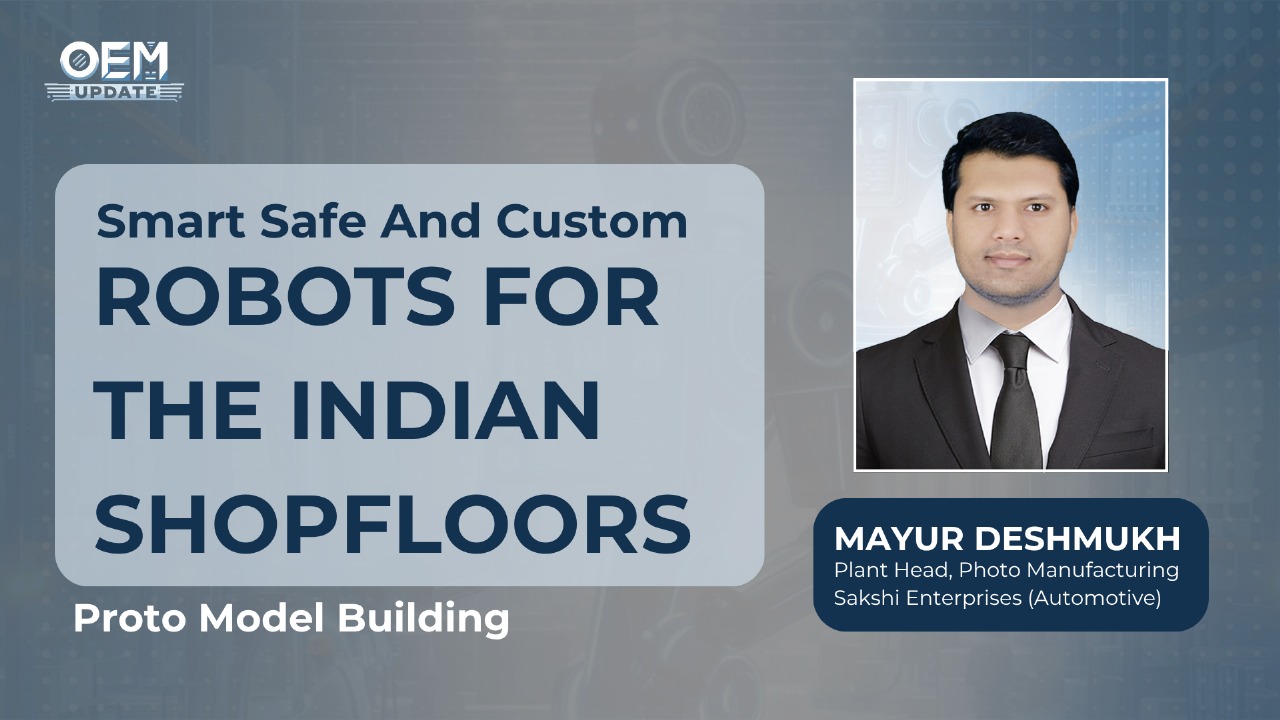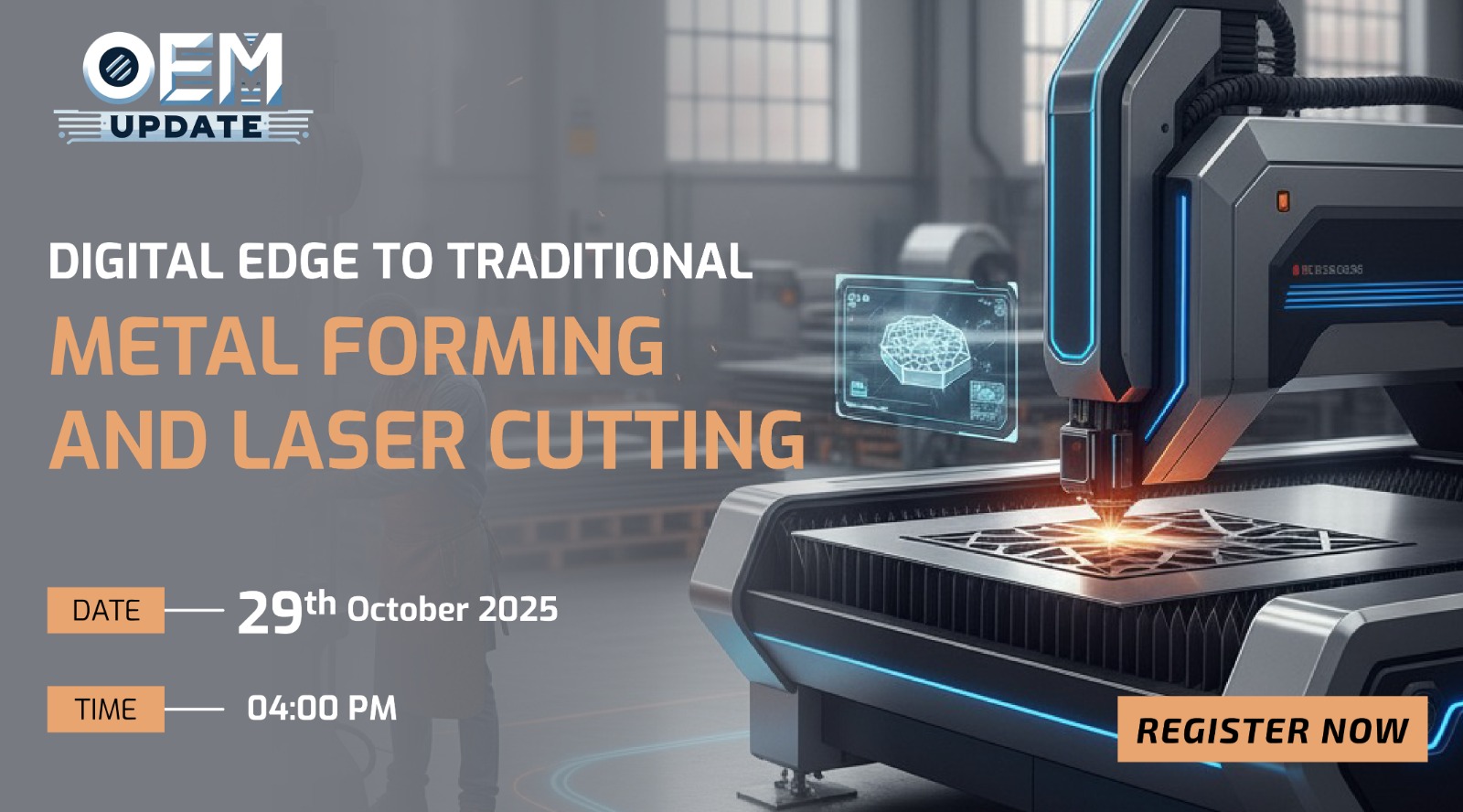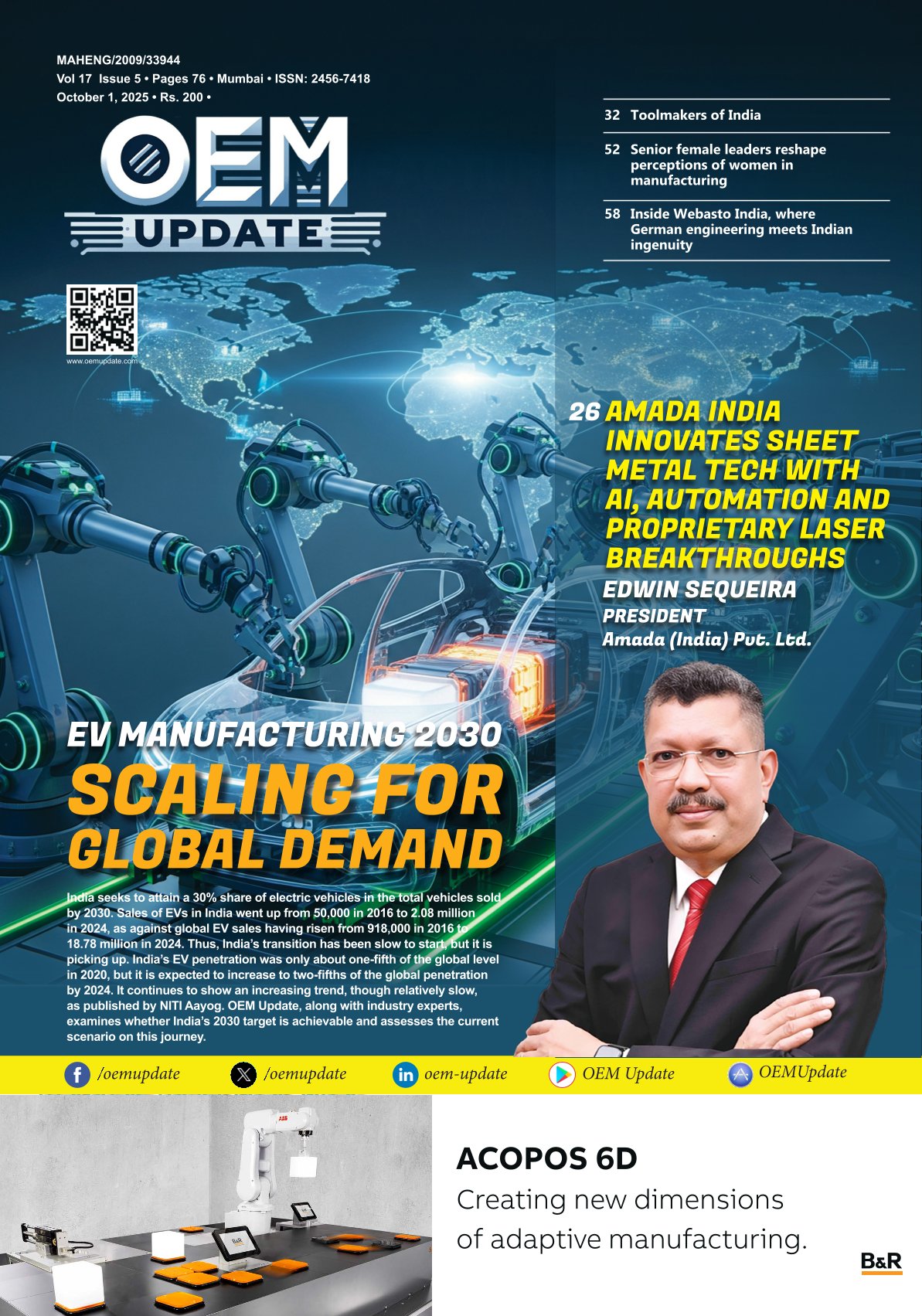Semiconductors, PCBs, R&D key to India’s electronics leap
By Staff Report July 1, 2025 11:37 am IST
Building a globally competitive electronics ecosystem for India requires a multi-pronged approach. From boosting SMEs through technology access and skilled talent to strengthening component manufacturing and supply chains, Sr Vice President, Electronics and Semiconductors, MarketsAndMarkets Pvt Ltd., Ashwin Pai, highlights what it will take for India to move beyond assembly and lead in value-added manufacturing.
What kind of support is needed for SMEs and component manufacturers in India, especially in areas like tooling, precision manufacturing, or testing infrastructure, to thrive?
For Small and Medium-sized Enterprises (SMEs) and component manufacturers in India to truly thrive, especially in fields like tooling, precision manufacturing, and testing infrastructure, a strong focus on technology, advanced equipment, and support systems is crucial. Many SMEs still rely on outdated machinery, limiting their ability to compete on a global scale. To address this, it’s essential to provide them with access to cutting-edge technologies, like CNC machines, robotics, automation, and additive manufacturing. This will help enhance productivity, precision, and overall product quality.
Expanding and improving Common Facility Centres (CFCs) and Technology Centres, where SMEs can access high-end tools and prototyping resources without heavy investment, would be a game changer for smaller players who can’t afford state-of-the-art equipment on their own.
Alongside technology and tooling, developing a robust testing and certification infrastructure is vital. SMEs often struggle to meet global standards due to limited access to advanced testing labs and quality certifications. By creating more affordable, accredited testing facilities and offering financial support for certifications like ISO or ZED, Indian manufacturers can ensure their products are competitive and market-ready.
A strong focus on R&D and innovation support through funding, mentorship, and access to modern research tools will nurture creativity and keep India at the forefront of precision manufacturing.
A skilled workforce is essential, so investing in specialised training programmes in areas like precision tooling, automation, and digital technologies is key. Additionally, easier access to financing, more streamlined policies, and favourable business conditions will provide the foundation SMEs need to invest in these technologies and grow sustainably.
What must India do to achieve global competitiveness in value-added electronics manufacturing?
India has made significant progress in electronics assembly, especially in the smartphone sector, but to truly establish itself as a global player in value-added electronics manufacturing, the country must shift focus towards advanced technologies and high-value components.
Key areas for growth include localising the production of essential components like semiconductors, PCBs, displays, and sensors. This can be achieved through initiatives like the India Semiconductor Mission (ISM), which aims to foster the development of domestic semiconductor manufacturing. Attracting investments in R&D, creating specialised facilities, and offering targeted incentives will help build a resilient, self-sustaining component ecosystem.
India needs to invest in R&D, design capabilities, and intellectual property development to move beyond assembly into high-value, tech-driven manufacturing. Encouraging industry-academia collaborations and fostering an innovation-driven culture will support the growth of indigenous technologies and advanced manufacturing.
Developing a highly skilled workforce, focusing on precision engineering and emerging fields like AI, IoT, and 5G, is essential to equip the country for advanced manufacturing. Infrastructure development, including manufacturing clusters with robust testing facilities, is necessary to reduce production costs and enhance efficiency.
What are the key challenges in scaling deep component manufacturing such as resistors, capacitors, sensors, lenses, and inductors in India?
Scaling deep component manufacturing for critical electronic items like resistors, capacitors, sensors, lenses, and inductors in India faces several interconnected challenges. These include technological and infrastructure gaps, such as the absence of high-end manufacturing technologies and specialised R&D capabilities, which hinder the production of high-precision components.
The lack of domestic raw material supply chains and heavy dependence on imports for specialised materials and components make the supply chain vulnerable to global disruptions. High capital expenditures required for setting up cleanrooms and specialised facilities, combined with slow return on investment and long gestation periods, deter many investors from committing to these capital-intensive industries.
India faces a skills gap in advanced manufacturing processes, with a shortage of workers trained in precision engineering, materials science, and specialised manufacturing techniques. The lack of industry-academia collaboration exacerbates this issue.
Logistics bottlenecks, including inefficient supply chains and transportation for sensitive components, add to the cost and inefficiency of scaling up. Despite government initiatives like the Electronics Component Manufacturing Scheme (ECMS), the policy landscape remains inconsistent, with challenges around implementation timelines, incentive disbursements, and trade policies.
India’s higher manufacturing costs, stemming from factors like expensive financing, unreliable electricity, and logistical inefficiencies, hinder competitiveness when compared to established manufacturing hubs like China and South Korea.
What are the biggest scale-up challenges for local SMEs in PCBA, battery pack, or passive component manufacturing?
Scaling up local SMEs in India within sectors like PCBA (Printed Circuit Board Assembly), battery pack manufacturing, and passive components production faces a complex set of challenges. High capital requirements for advanced machinery, cleanrooms, and quality control infrastructure are major barriers. Many SMEs struggle to secure the necessary funding and have difficulty accessing specialised facilities or utilities.
Technological gaps also play a significant role, as Indian SMEs often lack access to cutting-edge technologies and R&D capabilities, putting them at a disadvantage compared to global players. The heavy reliance on imported raw materials, such as lithium-ion cells for batteries or high-grade copper for PCBs, creates vulnerabilities in the supply chain. There is a lack of skilled workers in specialised areas like precision engineering, electronics design, and automation. The mismatch between industry needs and academic curricula further exacerbates this skill gap.
Quality control and certification are significant hurdles, as SMEs often struggle to meet international standards without access to world-class testing infrastructure. The regulatory landscape adds to the complexity, with lengthy approval processes, complex tax structures, and inconsistent enforcement.
Competition from large, established players both domestically and globally makes it difficult for smaller enterprises to compete on price and quality.
How can OEMs and large EMS players better support Indian component manufacturers to integrate them into the global supply chain?
OEMs and large EMS players in India can significantly bolster Indian component manufacturers by facilitating their integration into the global supply chain through strategic partnerships and support. One key approach is establishing long-term, stable relationships with Indian manufacturers through long-term contracts and demand commitments. This provides financial stability and encourages the Indian suppliers to invest in their capacity, technology, and infrastructure.
Knowledge sharing through technology transfer, training, and collaborative R&D initiatives can help local manufacturers elevate their technical capabilities to meet international standards.
Another critical strategy involves supporting the growth of Indian suppliers through supplier development programmes and capacity-building initiatives. OEMs and EMS players can mentor Indian manufacturers, helping them improve quality control, adopt best practices, and meet global certifications. They can also assist in addressing financial challenges by offering favourable credit terms, vendor financing, and helping secure government incentives.
Providing access to advanced testing facilities and offering joint R&D funding can help suppliers enhance their offerings.
Fostering supply chain integration is vital for both operational efficiency and long-term sustainability. By including Indian manufacturers in their global sourcing strategies, OEMs and EMS players can facilitate smoother logistics, improve visibility in the supply chain, and ensure that products are delivered on time. This collaboration can extend to market access and export promotion, helping Indian manufacturers gain visibility in international markets.
Cookie Consent
We use cookies to personalize your experience. By continuing to visit this website you agree to our Terms & Conditions, Privacy Policy and Cookie Policy.
